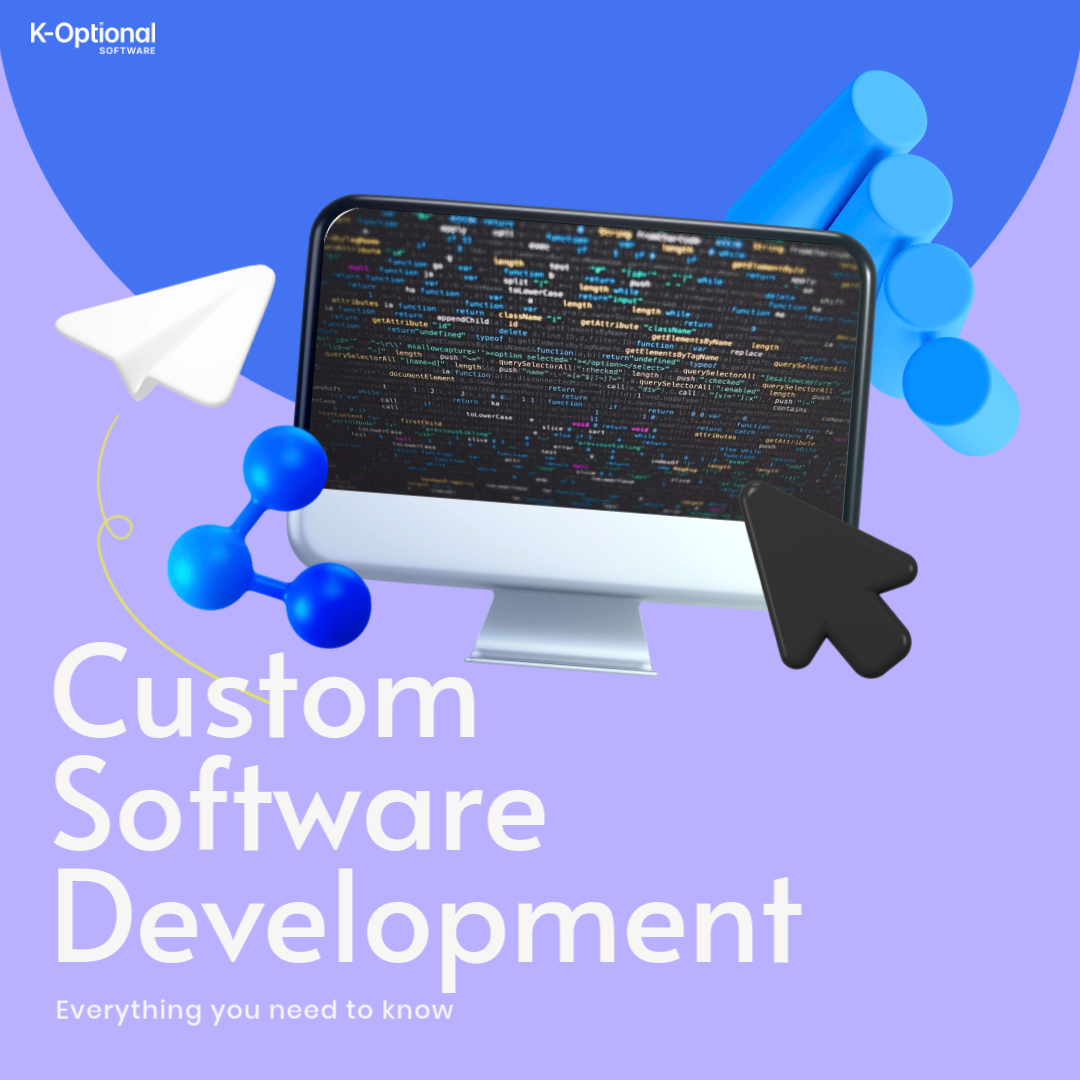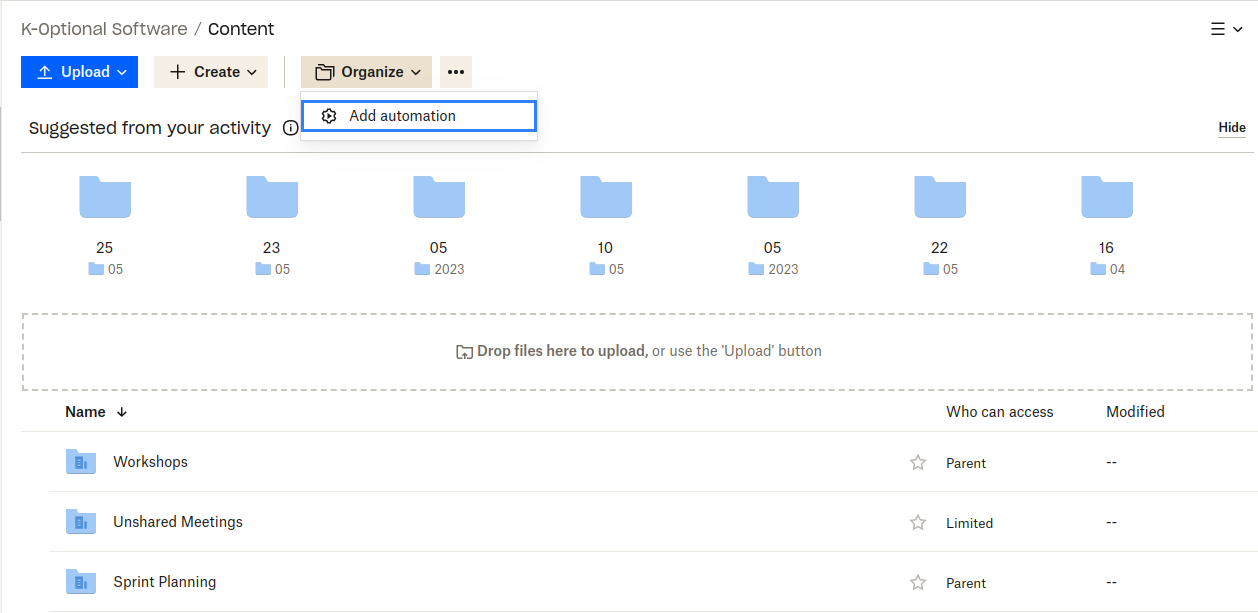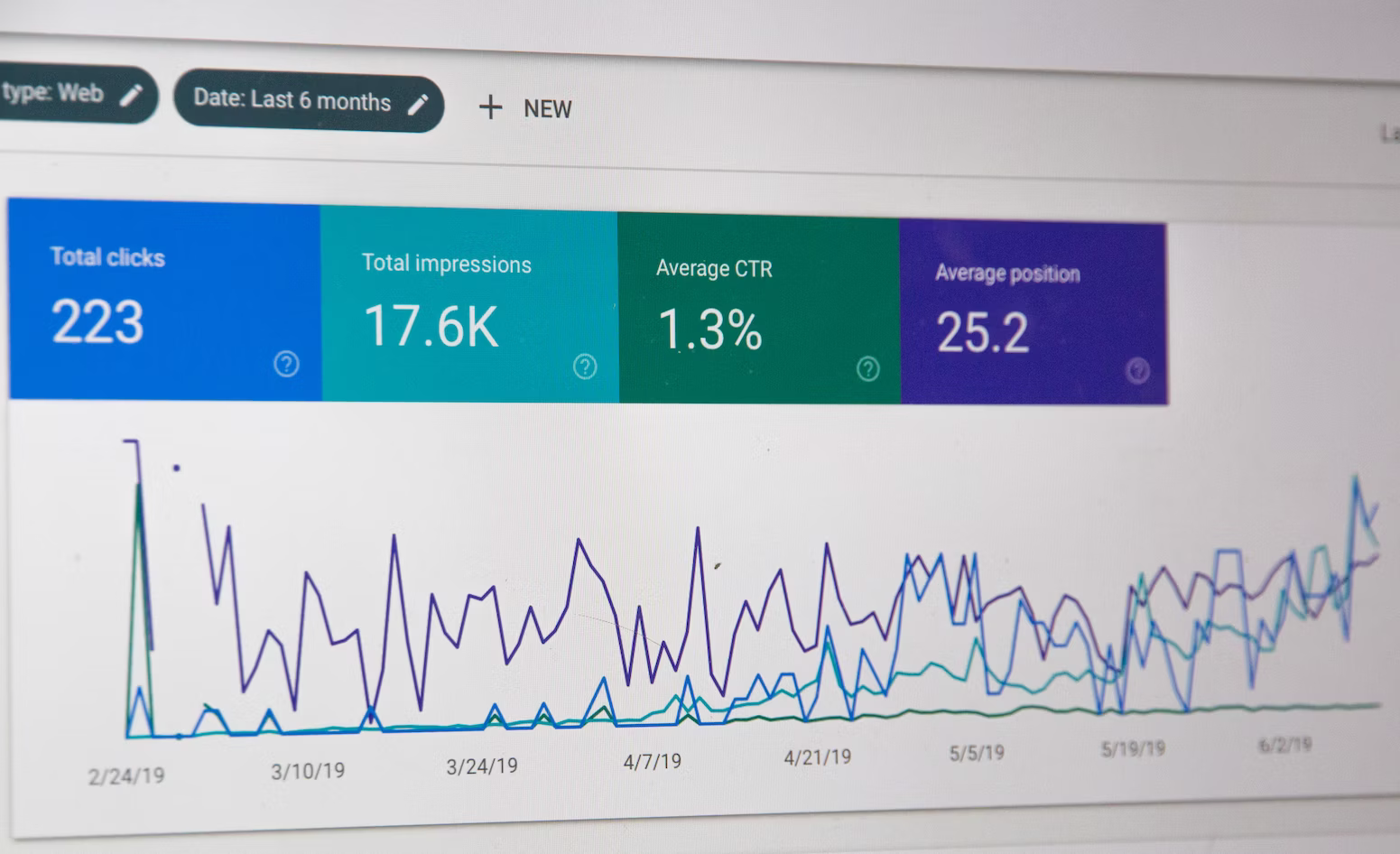Everything you need to know about bespoke business software development

So you think that a bespoke software solution might earn or save your company money. Where do you start?
The bespoke software process can involve many teams, vendors and systems. Costs and timelines can vary wildly. We want to help you get it right the first time, so think of this as a primer on all things custom business software.
Understanding bespoke software development
Feel free to skip this section if you think you understand the nature of bespoke software, or if you really just want to know about the “how”.
What is bespoke business software
Software is “bespoke” if it is built— not just used— with your needs in mind.
Take a familiar software product like Excel. No doubt, Excel is software. And the broad cohort of people use Excel for custom needs, like say, writing bespoke models or managing firm data. But Excel meets those needs by how its used not how its built, so it doesn’t fit the bill.
On the other hand, imagine a web app that collects data from your employees and compiles it into a spreadsheet format familiar to your business (one even suited for Excel). The DNA of your business is intrinsic to such an app, thus it qualifies as “bespoke software”.
Two forms of bespoke software
You can achieve a bespoke software solution in two ways:
- By deploying code.
- By chaining two or more generic solutions that together solve a custom need.
To be fair, the final product may involve both custom code and “product chaining”. Think of a gas-powered car: it uses generic components like batteries and pumps as well as car-specific parts like brakes and exhaust systems.
Still though, there’s a fine line between lots of code and lots of SaaS products. Which one sounds more like the need of your company?
To help evaluate, check-out our guide “when you should buy and when you should build custom software”. If you lean more towards stitching together off-the-shelf software products, then turn to “our SaaS integration strategy guide”.
Read on if what you’re imagining doesn’t really look like anything out there!
Bespoke software: automation vs application
Let’s classify your project once more: do you want to build an automation or an application?
An automation takes a real process, like say, entering data into a spreadsheet, and replaces it with tech that does the work for you. [Example]
On the other hand, an application will empower a human to drive digital features. Parts of an application sometimes lack an analog in the real world. [Example]
It’s OK if you can’t tell them apart right now. And once again there’s overlap between the two: an app can automate, and an automation can interface. But you can tell one from the other by the degree of each.
 Dropbox, an app that automates
Dropbox, an app that automates
Looking to automate? Check out our custom business process automation guide, a cost-friendly framework for building automation.
Designing Bespoke Solutions
Before code
Custom software isn’t just about code. In fact, the idea behind the code matters more.
By the time you start writing software, you’ve settled the fate of the product in some ways. Well, I suppose that’s not entirely true— a dev team can certainly tank a great idea with bad code. And every now and then, we find a better technique for something low-level. But those are in the margins, as long as you can resist the urge to cut corners on a.) your team and b.) key product decisions.
Matters of execution tend to be solved problems. An expert will know the best type of login screen or method for laying tile. Think of these like tools in the toolkit . In contrast, no one’s chartered the “custom” part of your solution yet! This is where innovation and ingenuity come into play.
So if insight matters so much, how might you do your due diligence? You can start by consulting experts on a concept before hiring for a build.
Consulting on a custom project
Many in the industry, us included, break down a custom software development into two phases:
- Consulting
- Execution

These correspond with the two things that matter in a project: bearing and speed. While consulting, you orient yourself by looking at your compass and standing still. In contrast, while developing actively, you follow the course charted, ideally quickly.

K-Optional Software staffs expert software engineers to help clients move fast. It turns out that we can also make huge gains with a more precise bearing; walking merely 3 degrees south of target over the course of 30 miles means adding an extra mile to your trip. I’d much prefer one extra glance at my compass.
That’s all to say that you should consult liberally. You won’t waste overhead and any “sunk costs” will have helped you avoid an expensive dead-end. Let’s take a look at some of the info the experts can give you.
Experts on bespoke software builds
Feasibility
You can’t solve some problems, no matter how fast the machine. For instance: if I gave you a list of 25 cities, you couldn’t write a program that spits out the most efficient route to visit all of them.
An expert can tell you pretty quickly if an idea is not possible. More useful yet, they might find another problem you can solve.
The best tools for the job
As they say, there are many ways to skin a cat. And as far as tech is concerned, you might have hundreds of options for achieving some project goal. At best, that’s a big cognitive load and at worst that’s hundreds of chances to mess things up.
Here are some things that we advise our clients:
- Use Netlify or “headless” systems for writing content when possible, as opposed to WordPress or Drupal.
- You can do the same things with React, Vue, and Svelte; go with the one that’s easiest to maintain (probably React).
- Looking for an SEO-friendly framework? Next.js & Astro are pretty great.
What’s out there
“What’s out there” can mean two things:
- Is there an off-the-shelf software solution that might serve your need already?
- Can we relate a project with a similar shape, saving weeks of research?
In both cases, a bespoke software expert can save you plenty of time.
Launch strategy
Do you plan to replace an existing system? Or christen a brand new one? Will you enroll everyone at the same time? Or on a schedule?
Do you want to go live with a subset of features for speed and ROI considerations?
Based on the answers to these questions, an expert can advise you how to deploy your bespoke software, which can be a beast of its own.
We recently had a client who had a hard deadline to leave a provider; all users had to switch systems on the same day. We put a lot of energy into the launch strategy because if we hadn’t we may have bled users.
Timelines and budgets
Simply put, you can’t project ROI on your bespoke software if you don’t have a good idea what it will cost or how long it will take.
An expert- at least a good one- can help you get the data to make an informed decision.

We’re just scratching the surface: there are dozens of other things that a bespoke software expert can help you with before you put serious capital into a build.
Building bespoke software
For more in-depth info see this guide.
So you consult experts and they tell you what can build, how long it will take, and how much it will cost. Your company taps its own expertise to gather a few more data points: time savings, training constraints, and revenue opportunity. The full picture looks good- the project will pay for itself quickly. What happens now?
Probably things will commence with a kick-off meeting where everyone reviews some key docs:
- A roadmap
- A statement of work (SOW) that details milestones, billing and scope
Hopefully your bespoke software team sets things up so you can track progress easily (we send a weekly report, for instance). On top of that, you might schedule “touchpoints” where contributors present on new features.
As an aside, it’s a good practice to use a “staging” version of the software to test things, keeping the “live” version in a safe silo. When rebuilding a system, that’s a must.
When plans change in bespoke software

Sometimes you’ll get new ideas as the project takes on a life of its own. Or aspects of your business’s vision may change. There’s an art to managing changes of scope and new ideas, things that can derail timelines.
- Measure twice, cut once, i.e. don’t skip on consulting.
- Keep a running list of new ideas, but ruthlessly push these off until after you arrive at the first target.
- If you really need to change directions, pause and reassess with your team, updating roadmaps and SOWs. You may feel enticed to request a quick change on the fly— without fail that will cause rifts later on.
Other tidbits on building bespoke software
We cover matters of maintenance and launch elsewhere, so I’ll conclude with a few points of advice.
Revenue goals
 Up and to the right
Up and to the right
Firms like K-Optional look at all projects with client ROI in mind. Keeping your partners up to date on your hopes will enable them to help you achieve your goals.
When an accounting company revealed that they hoped to cut incoming emails in half, we looked for ways to help get there. It wasn’t part of our SOW, but we had the idea at the forefront of our minds.
Building bespoke software off-shore
You can find a lower hourly cost when hiring overseas. For a clear and labor intensive project, that might make sense. But it also comes at the expense of cohesion. Consider all trade-offs wisely.